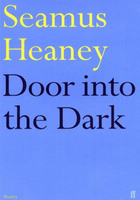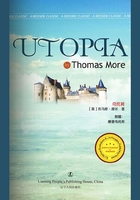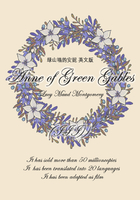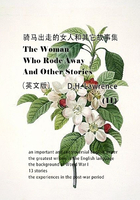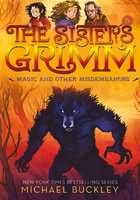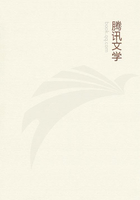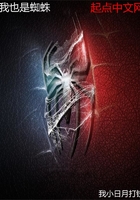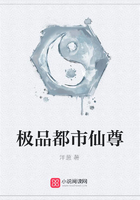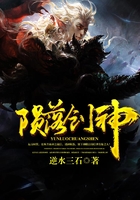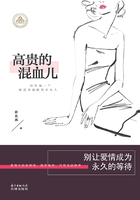THREE THINGS SUM up my first few years in Tucson: the ramada, the rodeo, and square dancing. On my first day at Peter E. Howell Elementary School, we were told to gather under the ramada after recess. The what? I came from a place with seasons, where you had to play indoors roughly half of the school year. Here in the land of eternal sunshine, on a playground that resembled the moon, they had put a flat roof on metal posts over a rectangular slab of concrete. This was the only place you could go to escape the sun-and it was, as I learned that first day, called a ramada.
Tucson also brought me the rodeo. Until then, the only rodeo I knew was the ballet scored by Aaron Copland and choreographed by Agnes de Mille, which I'd seen performed by the American Ballet Theatre the year we left New York. While my father played in the orchestra pit, my best friend, Carol, and I watched from front-row seats. At intermission, I led her out a secret door-the Eastman Theatre was my playground back then-but it locked behind us. We were stuck in a small vestibule with two other locked doors. We pounded on all of them until one opened, revealing the magical world of backstage.
The stage manager-who knew my father-ushered us inside. The only way back into the theater was through a door on the other side of the stage, he explained, and we couldn't walk behind the stage because intermission was almost over. He offered us something even better: We got to stand in the eaves, just out of view of the audience, and watch the rest of the ballet from there. I remember stunningly beautiful dancers standing in what looked like adult-sized litter boxes rubbing their toes in the sand, staring fixedly at the stage, then suddenly sprinting out of their boxes and back on the stage, their mouths flashing into toothy smiles. That's what I thought of when I heard the word rodeo.
But Tucson's version was nothing like the world of Copland and de Mille. It was hot, loud, and dusty. We sat in crowded bleachers that were sticky and smelled of beer. A man's voice droned over the loudspeakers like a buzzing fly, incomprehensible. Somewhere in the middle of the dust and clouds, people were doing things on horses. I think I saw a cow or two, or was that what they called a bull? I didn't know.
The clown was unlike any of the happy, Technicolor Ronald McDonald circus clowns I'd ever seen. This one was dusty. He'd fallen on hard times. I imagined he lived on freight trains and ate bits of rattlesnake he'd roasted on a stick over the campfire. He did crazy things and was constantly ducking into a barrel to avoid being trampled, and people applauded it.
Arizona had only been a state for sixty-four years at this point, and the Wild West spirit still reigned. We even had a formal school holiday-"rodeo vacation"-so that we could all hitch our wagons and head out to the fairgrounds for some roping and cattle rustling.
How I longed for my gorgeous dancers trotting in their sandboxes, for the creaky wood floors of the Botsford School of Dance and the piano player who accompanied us as we flailed around, dreaming we were prima ballerinas. I missed being able to run around barefoot on the grass. I longed for tall, leafy trees and soft snow and my father in his blue cashmere sweater.
Then came square dancing, which I soon discovered was as important a school ritual as math, science, or the daily recital of the Pledge of Allegiance. Every week we'd file down to the cafeteria, line up, and march to the yammering orders and old-timey jingle-jangle coming from a small portable record player by the stage. "Hemmina hemmina hemmina," the man would babble, occasionally calling us to "allemande left, chase yer neighbor, do-si-do" before resuming the random "hemmina hemmina hemmina…". We'd march to and fro in clunky synchronization like awkward little Maoist soldiers.
After the initial affront, something strange clicked inside of me. The pleasant mathematical order of things overtook any of my angst about boys, breasts, or body odor. I liked how all our movements fit together like clockwork. There was nothing personal about this. I wasn't waiting for a boy to ask me to dance-we all had to do-si-do, no matter what, or the engine would come to a stop. Each person played a vital role in keeping the machine running smoothly.
This may be part of why I like knitting so much. All knitting is choreography. Some moves are more graceful than others, but they all fit together and create one cohesive piece of fabric. Whether it's an allemande left or a simple pirouette, each move dictates the dance as each stitch dictates the knitting. Both rely on discrete elements that are arranged and repeated in a certain fashion, whether through the movement of body alone or that of yarn, needles, and hands. Break out into the Charleston in the middle of a tango, or feather and fan in the midst of a heavy cabled sweater, and the public will take notice.
I've always thought that ribbing was the perfect knitted embodiment of tap dance. Knit a front-facing stitch and purl a back-facing stitch, and you're performing a perfect shuffle ball-change. Vary the order of your knits and purls from row to row, and the shuffle ball-change becomes a more nuanced time-step.
Cables add the sideways shuffling of Bob Fosse, with his telltale one-leg-behind-the-other stance and jazz hands flashing midair. Elaborate lace motifs, those are as close as we'll ever get to classic ballet, to knitting Swan Lake on our needles. Feather and fan is the ballerina seated on stage, legs straight ahead, who opens her arms to the sky and then gracefully collapses forward until she and her legs are one, the breathing motion of yarn overs collapsing into the condensed silence of knit two togethers.
And the truly expressive, Martha Graham-style modern dance? That likely gets you Kaffe Fassett colorwork or a particularly vibrant piece of freeform knitting, the unexpected geometry of Norah Gaughan's designs, a Cat Bordhi moebius.
In the world of knitted choreography, one stitch makes me particularly happy: the three-needle bind-off. You do this when you have two rows of live stitches you want to join conspicuously-say, you'd like to attach the front and back shoulders of a sweater and want the prominent look of a raised seam.
It begins with a lining up of the two needles, the rows of stitches facing one another. One by one, a stitch from each needle marches forward to join its partner. The two are knit together into a stitch on the right needle. Another pair joins hands and moves to the right needle, at which point the first joined pair leapfrogs over that second pair and off the fabric. On and on they go, forming an orderly line of bound-off stitches.
Every time I do this, I'm taken back to the cafeteria of Peter E. Howell. I'm wearing white painter pants, blue Adidas shoes, and my favorite blue plaid shirt with gold threads woven in and faux-pearl snaps for buttons. I've adjusted to my strange new life. My father hasn't remarried, both sets of grandparents are still alive, and I don't yet know how the story will unfold. I'm simply standing in a row eagerly waiting my turn to walk to the center, grab hands with my partner, and sashay down the line.

